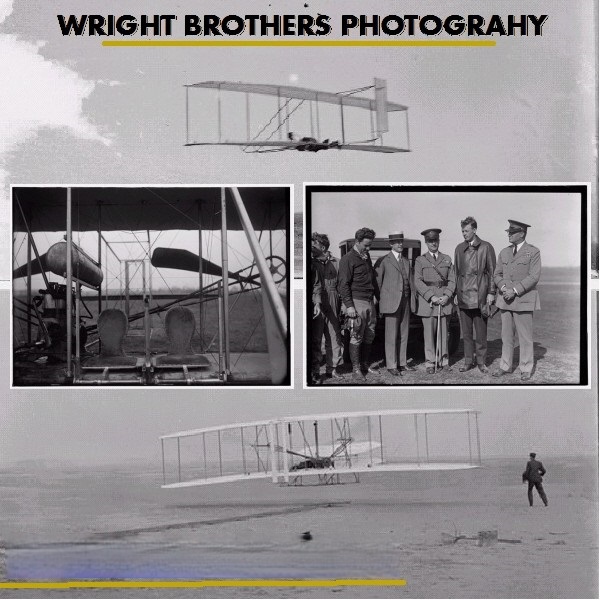
Description
Timeline of Main Events (1894-1915)
- 1894: Octave Chanute publishes “Progress in Flying Machines,” the first history of aviation.
- 1896 – 1911: Wilbur and Orville Wright take the majority of the 302 photographs in the collection, documenting their experiments with flying machines, personal lives, and surroundings.
- 1901 & 1902: Octave Chanute visits the Wright Brothers at Kitty Hawk and takes 43 photographs of their gliders.
- October 17, 1902: Wilbur Wright is photographed gliding in level flight at Kitty Hawk, North Carolina. The single rear rudder of their glider is clearly visible.
- December 17, 1903, 10:35 a.m.: Orville Wright makes the first successful powered flight at Kitty Hawk, North Carolina. The flight covers 120 feet in 12 seconds. John T. Daniels captures this moment in a photograph using the Wright brothers’ camera.
- 1906: The Wright Brothers are granted a patent for their airplane.
- 1912: Wilbur Wright dies of typhoid fever.
- 1915: Orville Wright sells his interest in the Wright airplane company.
- Date Unknown (within the collection’s timeframe):The Wright Brothers conduct flying experiments in Ohio and Fort Myer, Virginia.
- Wilbur Wright successfully defends his father, Bishop Milton Wright, against false accusations of misappropriating church funds in a church court.
- Photographs are taken of the Wright Brothers’ laboratory, engines, models, experimental planes, runways, flights, and accidents.
- Personal and group photos of the Wright Brothers, their family, and friends are taken, along with images of their homes, other buildings, towns, and scenic views around their home and work camp.
- Charles Lindbergh visits Orville Wright at Wright Field in Dayton, Ohio, and is photographed with Orville Wright and Major John F. Curry.
Cast of Characters
- Wilbur Wright (1867-1912): One of the Wright brothers, who together are credited with inventing and building the world’s first successful motor-operated airplane and making the first controlled sustained human flight on December 17, 1903. He was actively involved in the design, construction, and piloting of their aircraft. The source mentions his role in defending his father and his passing in 1912. He also took many of the photographs in the collection.
- Orville Wright (1871-1948): The other of the Wright brothers. He piloted the first successful powered flight. He continued the brothers’ aviation work after Wilbur’s death and eventually sold his interest in the Wright airplane company in 1915. He also took many of the photographs in the collection and was later visited by Charles Lindbergh.
- Octave Chanute (1832-1910): A French-born American civil engineer and aviation pioneer. He is best known for his comprehensive book “Progress in Flying Machines” (1894), which documented the history of aviation attempts. He was a supporter of the Wright Brothers in their early years, visiting them at Kitty Hawk in 1901 and 1902 and taking 43 photographs of their gliders.
- John T. Daniels (Unknown – Unknown): A member of the Kill Devil Life-Saving Station who was present as a spectator during the Wright Brothers’ first powered flight on December 17, 1903. At the brothers’ request, he took the famous photograph capturing the moment of the first flight.
- Bishop Milton Wright (1828-1917): The father of Wilbur and Orville Wright. He was a bishop in the Church of the United Brethren in Christ. The source mentions that he was wrongly accused of misappropriating church funds, and Wilbur successfully defended him in a church court.
- Charles Lindbergh (1902-1974): A famous American aviator who made the first solo non-stop transatlantic flight in 1927. The source mentions him visiting Orville Wright at Wright Field in Dayton, Ohio, at some point after his famous flight.
- Major John F. Curry (Date Unknown – Date Unknown): An individual identified in a photograph taken at Wright Field in Dayton, Ohio, with Orville Wright and Charles Lindbergh. His specific role or connection to the Wright Brothers or Lindbergh is not detailed in the provided source.
WRIGHT BROTHERS PHOTOGRAPHY
345 photographs. 302 photographs, mostly all taken by Wilbur or Orville Wright between 1896 and 1911. 43 photos by Octave Chanute.
The first powered flight was made by Orville Wright at Kitty Hawk, N.C., on December 17, 1903, the result of years of experiments and design by the Wright Brothers, who were operators of a bicycle repair shop and factory in Dayton, Ohio. The brothers continued their flying experiments in Ohio and in Fort Myer, Va., and were granted a patent for the plane in 1906. Wilbur died of typhoid fever in 1912 and Orville sold his interest in the Wright airplane company in 1915.
WRIGHT BROTHERS’ PERSONAL PHOTOS
302 photographs taken by the Wright Brothers.
150 photos directly deal with flight. The photos document their successes and failures with their new flying machines. The collection provides an excellent pictorial record of the Wright Brothers’ laboratory, engines, models, experimental planes, runways, flights, and even their accidents.
Other photos show individual portraits and group pictures of the Wright Brothers and their family and friends, as well as photos of their homes, other buildings, towns, scenic photographs of the area around the Wright home and work camp, and visitors including Charles Lindbergh.
Includes photographs taken of documents related to the defense of their father, Bishop Milton Wright. Who was wrongly accused of misappropriating church funds. Wilbur came to his defense, and his arguments before the church court were successful in exonerating his father.
Collection includes the well-known photo showing the first flight at Kitty Hawk on December 17, 1903. The brothers had arranged to have John T. Daniels of the Kill Devil Life-Saving Station, who was among the spectators, snap their camera for them just at the moment the machine had reached the end of the take-off rail and had risen two feet into the air. Before attempting the flight, Orville had placed the camera on a tripod and had aimed it at a point he hoped the machine would attain when it left the track. The shot was successful.
OCTAVE CHANUTE PHOTOGRPHS
43 photos taken of Wright Brother’s gliders in 1901 and 1902, when visiting the Wright Brothers at Kitty Hawk.
Octave Chanute. Octave Chanute was a French born American civil engineer best known for the support he gave the Wright Brothers during the early years of their aviation work. n 1894, he published a group of papers that described the efforts of others to build various types of flying machines from ancient times to the present. This compendium, titled Progress in Flying Machines, was the first history of aviation.

First flight, 120 feet in 12 seconds, 10:35 a.m.; Kitty Hawk, North Carolina.
Orville Wright at the controls of the machine, lying prone on the lower wing with hips in the cradle which operated the wing-warping mechanism. Wilbur Wright running alongside to balance the machine, has just released his hold on the forward upright of the right wing. The starting rail, the wing-rest, a coil box, and other items needed for flight preparation are visible behind the machine.

Wilbur gliding in level flight, single rear rudder clearly visible; Kitty Hawk, North Carolina, 1902 Oct. 17

Close-up view of airplane, including the pilot and passenger seats.

Orville Wright, Major John F. Curry, and Colonel Charles Lindbergh, who came to pay Orville a personal call at Wright Field, Dayton, Ohio.
Related products
-
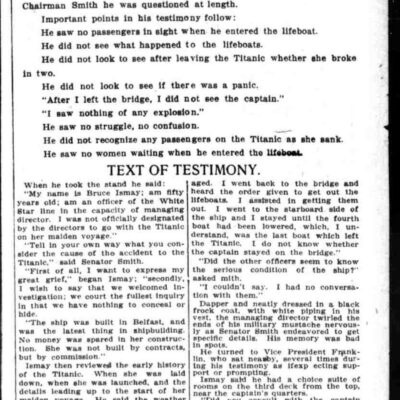
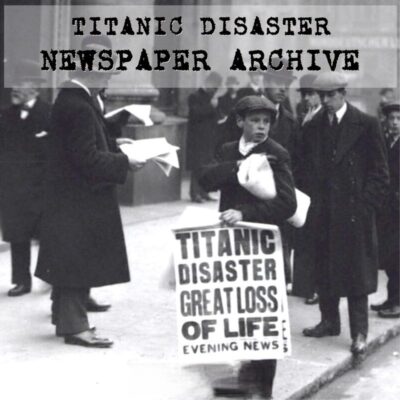
Titanic Disaster: Newspaper Articles (1912-1922)
$19.90 Add to Cart -
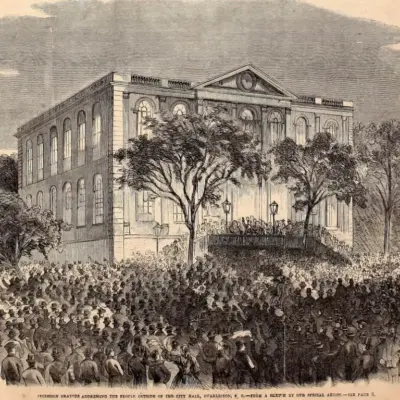
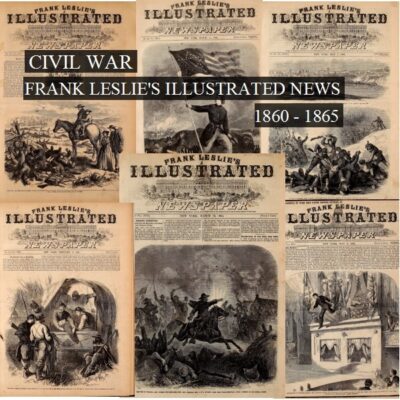
Civil War: Frank Leslie’s Weekly Illustrated Newspaper (1860-1865)
$19.50 Add to Cart -
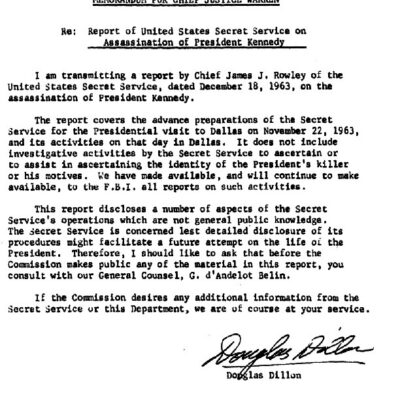
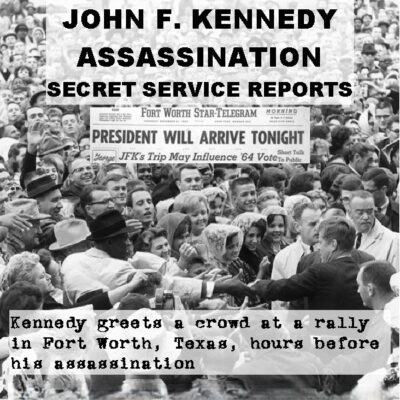
John F. Kennedy Assassination Secret Service Reports
$19.50 Add to Cart -
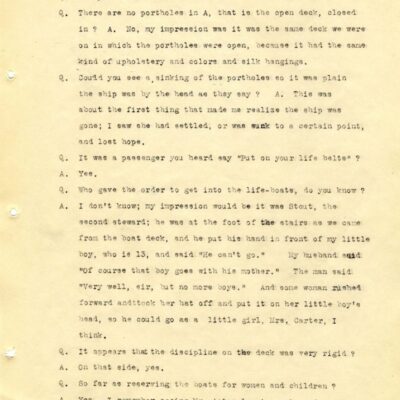
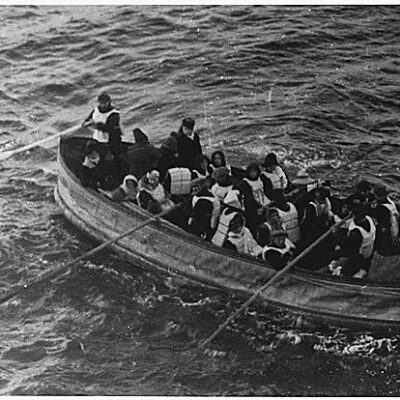
Titanic Disaster: White Star Line and Passenger Legal Documents
$19.90 Add to Cart